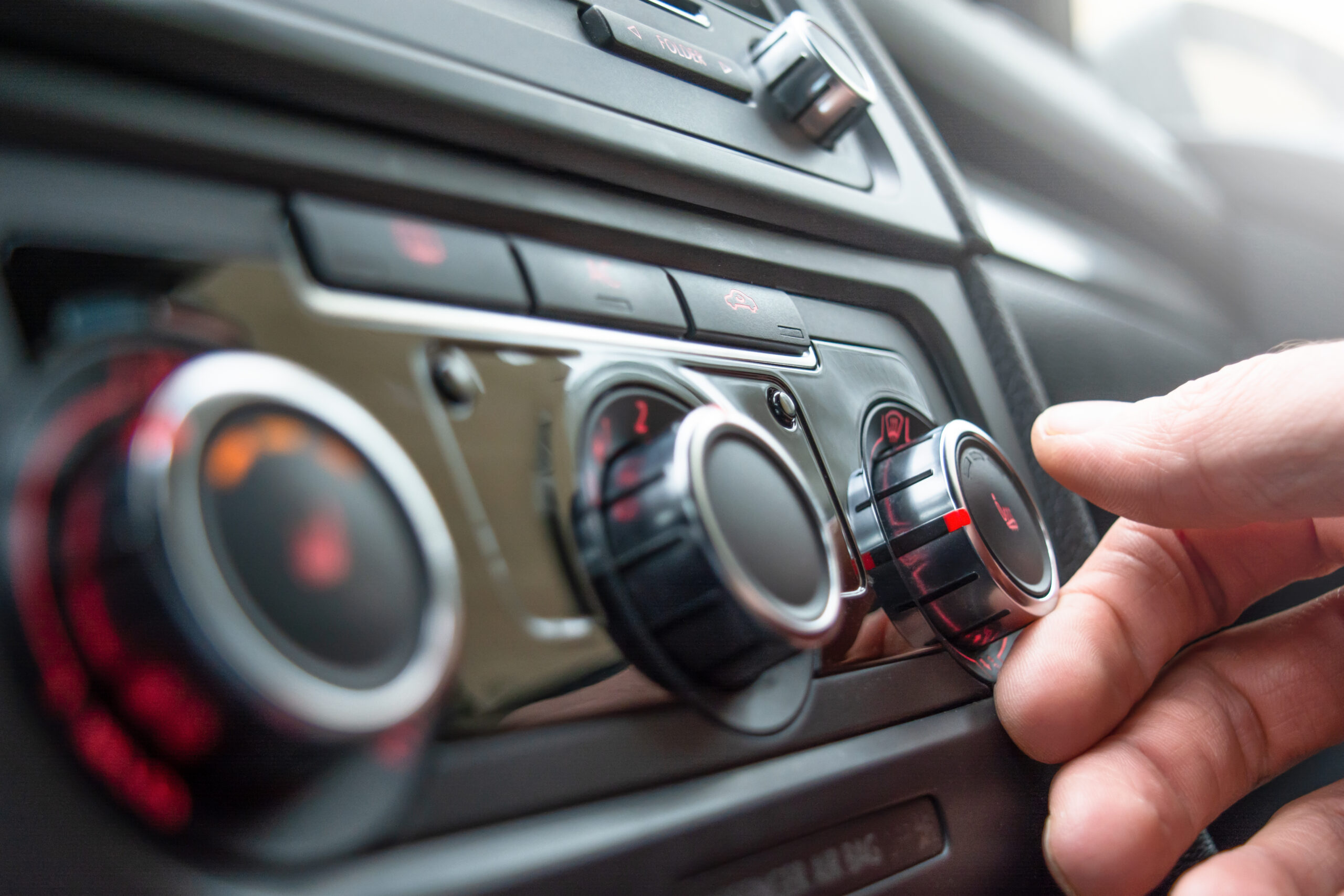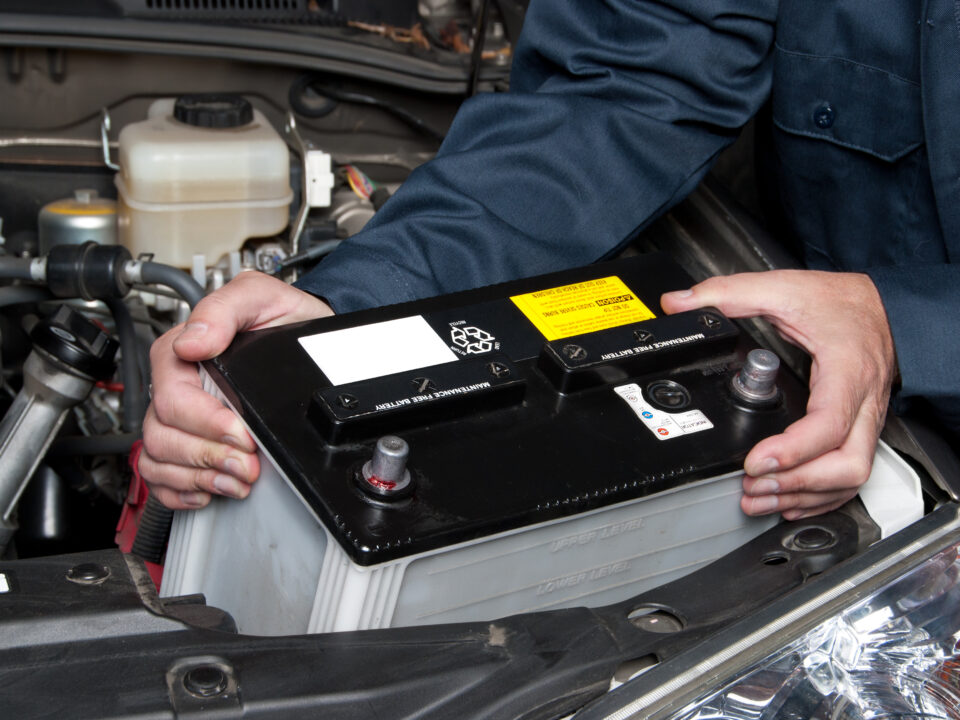- Mon - Fri: 7:30am - 5:30pm
- 613-836-6136
- stittsvilleauto@gmail.com
Heating and Defrosting Systems: A Guide to Winter Comfort and Safety
Engine Block Heaters: How and Why to Use Them in Canadian Winters
November 29, 2023
The Crucial Guide to Safe Braking in Icy Conditions!
December 29, 2023As the cold winds of winter sweep in, your vehicle's heating and defrosting systems become invaluable for maintaining comfort and safety during chilly journeys. In this guide, we'll delve deeper into these systems, explaining how they work and offering tips for testing and maintaining them to ensure a warm and clear ride through winter's worst weather.
Heating System Basics
The heating system in your vehicle operates through a combination of components, including:
1. Heater Core: A small radiator-like device located in the dashboard, it uses hot engine coolant to radiate heat into the cabin.
2. Blower Motor: This fan-like device circulates the heated air generated by the heater core.
3. Air Ducts: A network of air ducts and vents distributes the warmed air to different parts of the vehicle, ensuring the entire cabin is heated.
The heating system is designed to keep you warm and comfortable, especially during frigid winter days. When you turn on the heat, the blower motor forces air over the heater core, where it's warmed and then delivered into the cabin through the vents.
Defrosting System: Ensuring Visibility
The defrosting system is critical for maintaining visibility in winter. It consists of:
1. Defroster Vents: Located on the dashboard, these vents direct warm air onto the windshield and side windows.
2. Rear Defrost: Some vehicles have electrically heated grids on the rear window to prevent condensation and frost buildup.
The defrosting system works by directing warm air onto the windshield and side windows, where it helps to melt ice and frost and prevent condensation. Clear windows are essential for safe winter driving, as reduced visibility can lead to accidents.
Tips for Maintaining Heating and Defrosting Systems
Regular Maintenance: Schedule regular maintenance to ensure your heating and defrosting systems are functioning optimally. This includes checking for any issues with the heater core, blower motor, or electrical components.
Coolant Levels: Ensure your vehicle's coolant levels are at the recommended level. Low coolant can affect the heater core's performance.
Air Filters: Regularly replace or clean the cabin air filters to ensure that the air quality remains good and the heating system operates efficiently.
Test the Defroster: Before winter sets in, test your defroster to make sure it's working effectively. Clear visibility is crucial for safe winter driving.
Check Rear Defrost: If your vehicle has a rear defrost, ensure it's working correctly. A clear rear window is just as important as a clear windshield.
Be Aware of Unusual Noises: If you notice unusual noises when turning on the heating system, like squeaking or rattling, have them inspected by a mechanic.
Avoid Blocking Vents: Ensure that vents are not obstructed by objects, as this can reduce heating and defrosting effectiveness.
Top Up Washer Fluid: Keep your windshield washer fluid topped up with a winter-grade solution to ensure clear and clean windows.
Both the heating and defrosting systems are integral to winter comfort and safety. Proper maintenance ensures these systems work efficiently, keeping you warm and providing clear visibility on cold and snowy days. By following these tips and being proactive in maintaining your vehicle's systems, you can look forward to a comfortable and safe winter driving experience.




